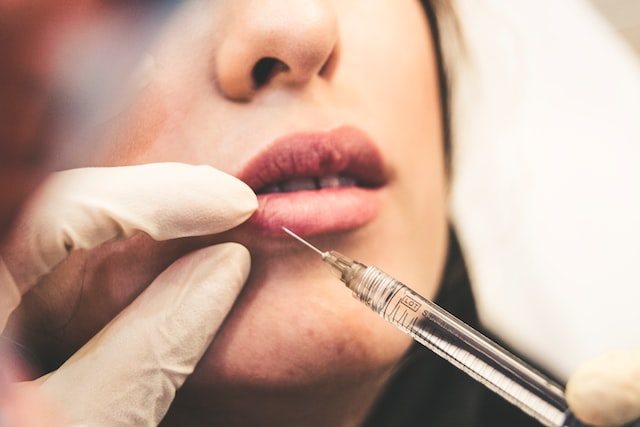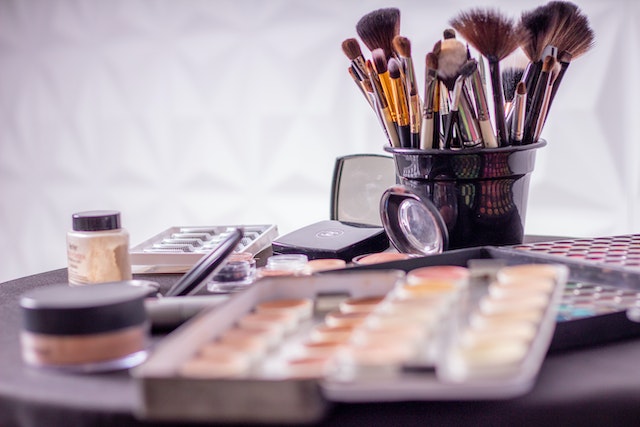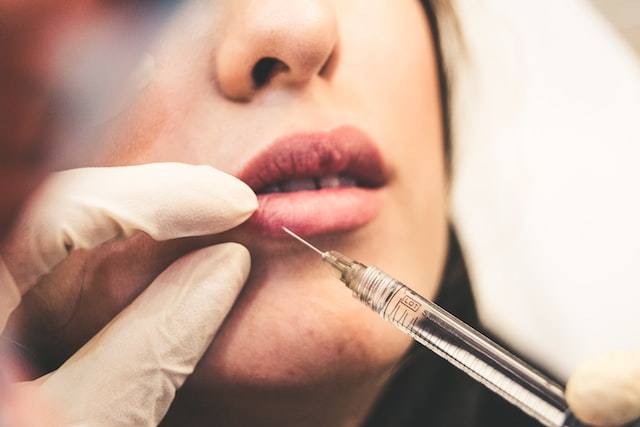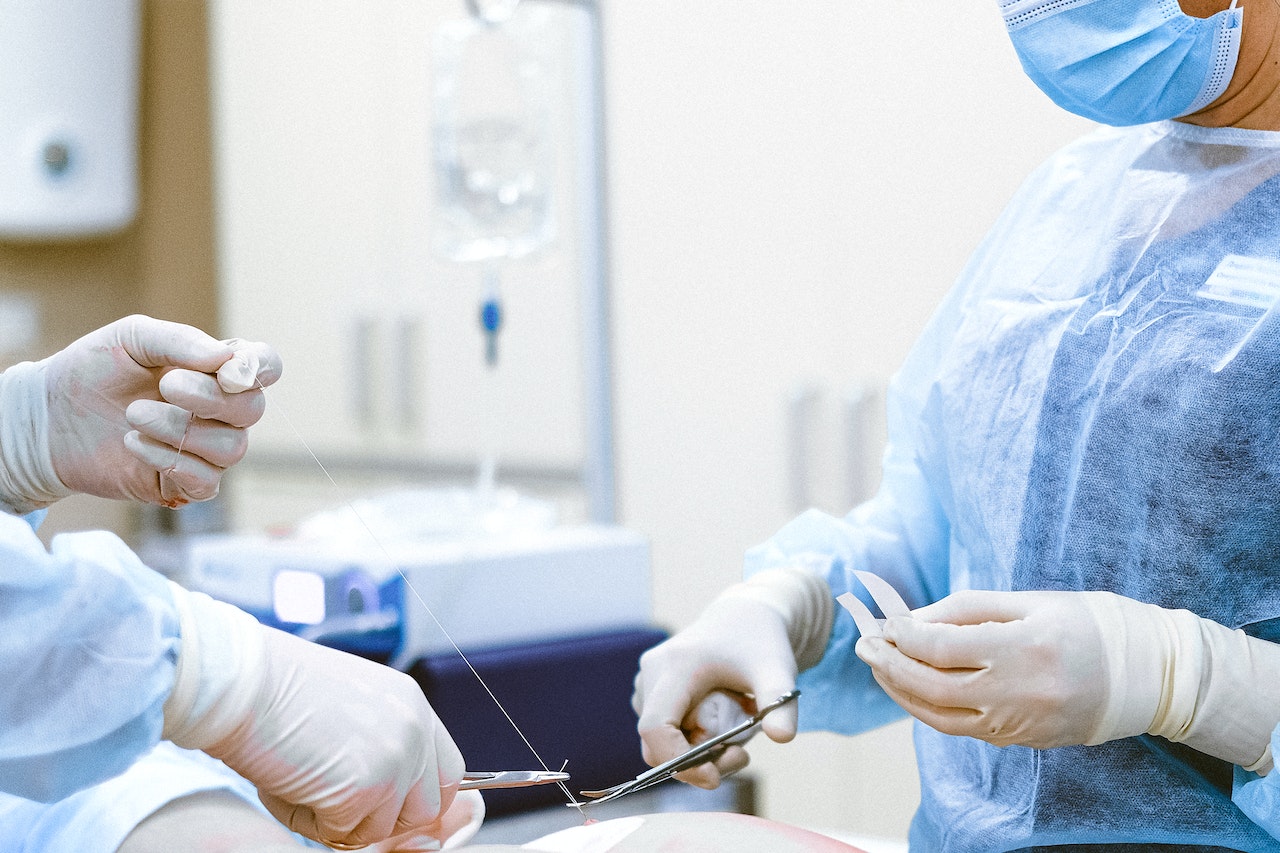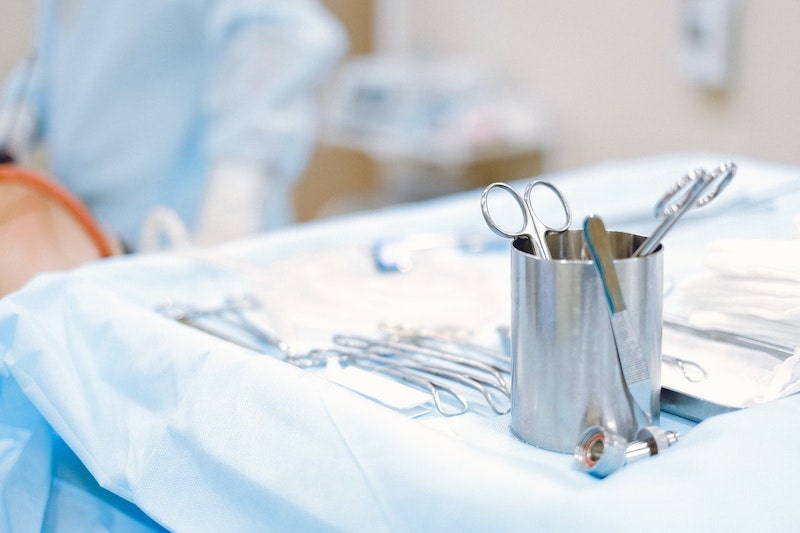7 Interesting Facts About the Evolution of Plastic Surgery
7 Minute Read:

From ancient marvels to modern miracles, the evolution of plastic surgery unveils its secrets. Prepare to be amazed as we embark on a journey through time. Here, we’ll uncover seven intriguing facts about this transformative field. Explore the wonders of non-surgical innovations that can make you youthful. And finally, peer into the horizon of possibilities as the future of plastic surgery unfolds before our eyes. Get ready for an enthralling journey into the captivating world of plastic surgery.
The Origins of Plastic Surgery Lies in Ancient Times
In the enigmatic lands of ancient Egypt, artisans delicately crafted facial reconstructions, while in vibrant ancient India, intricate nose reconstructions took place. These ancient techniques left an indelible mark on medical history. Pioneers used rudimentary tools like skin grafts and cartilage to restore form and function to disfigured features.
Their knowledge of anatomy allowed them to mend wounds, repair cleft palates, and even reconstruct severed ears. The expertise of these ancient surgeons extended beyond mere aesthetics, as they used their talents to alleviate suffering. From the pyramids of Egypt to the banks of the Ganges, the origins of plastic surgery continue to inspire.
They serve as a remarkable testament to the resilience and ingenuity of our ancestors. The legacy of these early pioneers has paved the way for the advancements we witness today. It is a testament to the enduring quest to restore, transform, and enhance the human form throughout the ages.
The First Ever Nose Reconstruction Surgery Happened in the 16th Century
In the realm of plastic surgery’s remarkable history, a groundbreaking moment emerges—the first-ever nose reconstruction surgery. Meet Gaspare Tagliacozzi, the pioneering Italian surgeon who etched his name in the annals of medical innovation. In the 16th century, he faced a daunting challenge—restoring noses lost due to injuries, disease, or punishment.
Armed with ingenuity and dexterity, he devised a technique now known as the “Italian method.” Using a patient’s arm skin, he would skillfully shape it into a new nose. His innovative approach marked a turning point in the field, forever altering the possibilities of reconstructive surgery.
The impact of his work reverberated across Europe. It inspired future generations of plastic surgeons and left a legacy in the pursuit of restoring what was once lost. Today, we marvel at the first nose reconstruction surgery, a testament to the indelible mark left by pioneers like him.

The evolution of plastic surgery has come a long way.
The Birth of Modern Plastic Surgery Happened Less Than 100 Years Ago
The birth of modern plastic surgery marks a transformative milestone in medical history. During World War I and II, Harold Gillies pioneered groundbreaking techniques in facial reconstruction. His contributions laid the foundation for the field’s advancement. It was during this time that the term “plastic surgery” gained prominence.
The word “plastic” stems from the Greek term “plastikos,” meaning “to shape.” Gillies recognized the need for a comprehensive term for the diverse range of reconstructive procedures. He borrowed the term “plastic” from the ancient Greeks, emphasizing the transformative nature of the specialty.
This new designation encompassed both reconstructive and aesthetic procedures. The introduction of the term “plastic surgery” marked a significant shift in how the field was perceived and understood. It highlighted the artistic and transformative aspects of the specialty, setting the stage for its future growth and recognition. Today, plastic surgery has become ingrained in medical practice and popular culture.
Silicone Revolutionized the Field of Plastic Surgery
The introduction of silicone brought a revolutionary wave to the field of plastic surgery. With its versatility and adaptability, silicone quickly became a game-changer in the realm of surgical enhancements. Silicone implants, particularly in breast augmentation, gained immense popularity due to their natural look and feel.
Now, the ability to customize the size and shape of implants allows for personalized results, satisfying the aesthetic desires of patients. However, controversies and debates surrounding silicone implants also emerged, raising concerns about safety and potential complications. Nonetheless, ongoing advancements in implant technology and surgical techniques continue to improve outcomes and minimize risks.
Silicone has applications in facial implants, scar revisions, and so on. Its ability to mimic natural tissue characteristics has transformed the possibilities for reconstructive procedures. Furthermore, it has enhanced the quality of life for countless individuals.

Today, there are many non-surgical innovations, such as Botox and fillers.
Botox and Fillers Gained More Popularity Than Ever Before
Botox and fillers have risen to prominence in the dynamic landscape of plastic surgery. These non-surgical innovations have transformed the pursuit of youthfulness and rejuvenation. Botox emerged as a powerful tool to reduce wrinkles and fine lines temporarily. It has captivated the interest of those seeking a more youthful appearance.
Its ability to relax facial muscles and smoothen skin quickly gained popularity. Similarly, dermal fillers found their place in the arsenal of aesthetic enhancements. However, even though they are non-surgical transformations, finding the best expert is just as important. As experts from nycministorage.com say, finding experts in any field is crucial, especially when tackling big tasks such as plastic surgery or storing sentimental items. When you research and find the best options, you ensure these big moments in your life go stress-free.
Celebrities flaunting natural-looking results further propelled their popularity, making these treatments more mainstream. Today, Botox and fillers have become household names, offering individuals the opportunity to enhance their appearance without undergoing invasive surgery. As the evolution of plastic surgery and demand for non-surgical options continues to grow, the future holds even more exciting advancements in this field.
3D Printing Technology Has Revolutionized Plastic Surgery
There’s no doubt that 3D printing technology has revolutionized plastic surgery. With its remarkable capabilities, this technology has integrated into various aspects of the field. Transitioning from traditional methods, 3D printing allows for the creation of intricate anatomical models. Furthermore, these have enabled surgeons to plan procedures with improved accuracy.
Moreover, this innovative technology has opened doors to custom-made implants and prosthetics tailored to individual patients. The ability to produce patient-specific surgical guides and instruments has streamlined surgical workflows. It has reduced operative times and improved surgical outcomes.
This cutting-edge technology has transformed surgical practices and provided a platform for research and innovation. It is pushing the boundaries of what is possible in the field. As 3D printing advances, its potential for further revolutionizing plastic surgery remains exciting and limitless.

In the past century, plastic surgery has come a long way.
The Evolution of Burn Reconstruction Plastic Surgery
Burn reconstruction has witnessed remarkable advancements in recent decades with the evolution of plastic surgery. Transitioning from conventional techniques, innovative approaches have significantly improved outcomes. Skin grafting was the primary method in the past, but it had limitations. However, the introduction of tissue expansion has revolutionized the field. This allows for greater coverage and improved aesthetics.
Moreover, advancements in scar management, such as laser treatments and silicone-based therapies, have contributed to better healing and reduced scarring. The availability of dermal substitutes and bioengineered skin grafts has further enhanced the reconstructive options.
Furthermore, the collaboration between plastic surgeons, burn specialists, and rehabilitation teams has led to comprehensive care plans. These address both functional and psychological aspects. The integration of advanced wound care techniques has enabled faster healing as well. Overall, the continuous advancements in burn reconstruction plastic surgery have improved the quality of life for burn survivors.
Final Thoughts on The Evolution of Plastic Surgery
Plastic surgery has reshaped appearances and restored confidence, healed wounds, and offered hope to countless individuals. The future of this dynamic field holds exciting prospects as science continues to pave the way for amazing advancements. With each passing era, the evolution of plastic surgery continues to make its mark on medical history.









